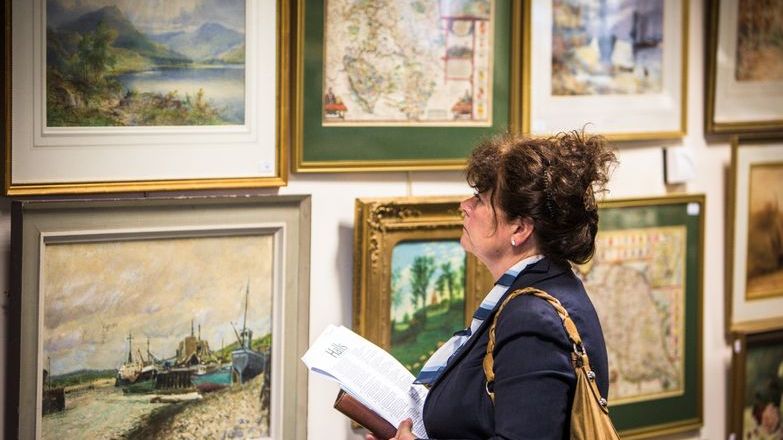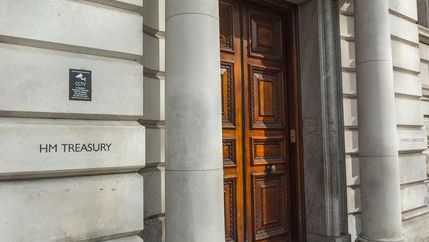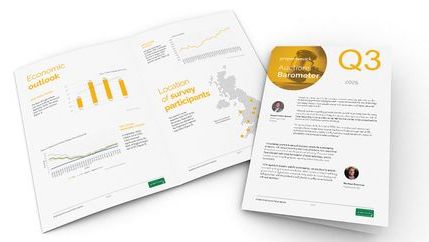
Complying with Money Laundering Regulations
The information should be read alongside the AMP guidance, the National Risk Assessment 2020, and guidance produced by the Financial Action Task Force (FATF), which are all designed to help AMPs comply with the Money Laundering Regulations (MLR).
AMPs that act as an intermediary in the sale or purchase of works of art with the value of the transactions or a series of linked transactions, amounting to 10,000 euros (approximately £8,600 as of 2 July 2021) or more, must be registered with HMRC for anti-money laundering supervision. Non-compliance puts the business at risk of being exploited, plus can result in criminal prosecution by HMRC.
Anti-Money Laundering risk characteristics
The key cross-sector risks for AMPs include:
- unusual sales or purchase activity
- anonymity
- face-to face sales compared to other sales
- high-risk jurisdictions
- off-record sales
Linked transactions
Agents need to look out for instances where several works of art, each valued below €10,000, are sold at the same time with the total sales price being over the AMP threshold. For example, an art gallery is selling paintings from one artist at £6,000 per painting. The same customer buys three paintings at the same time totalling £18,000. The sale is therefore above the threshold and subject to MLR requirements. It would not be appropriate to issue separate invoices for each piece of artwork and claim they were separate sales.
Dealing with an unregistered AMP
Part of any customer due diligence measures (CDD), if dealing with another AMP, is to check whether the business is registered with HMRC for AML supervision, which can be done on the GOV.UK website. If the business is not registered, then agents must stop the transaction and lodge a suspicious activity report (SAR) to the National Crime Agency (NCA).
Online sales verification
The pandemic has impacted every industry, especially the art world, with more sales being conducted online and remotely. Verifying identity for online sales is different compared with face-to-face transactions as there is no interaction with the customer. For online and remote sales after receiving the identity documents you need to verify them. It is recommended that you conduct a video call to ensure the person you are dealing with is genuine and is the person in the identity documents.
Unusual delivery
If a customer asks for the art to be delivered in an unusual manner or to an address that is not their own, there may be a genuine reason for this. However, CDD should be carried out by asking questions to decide if the transaction should go ahead and/or a Suspicious Activity Report (SAR) lodged.




